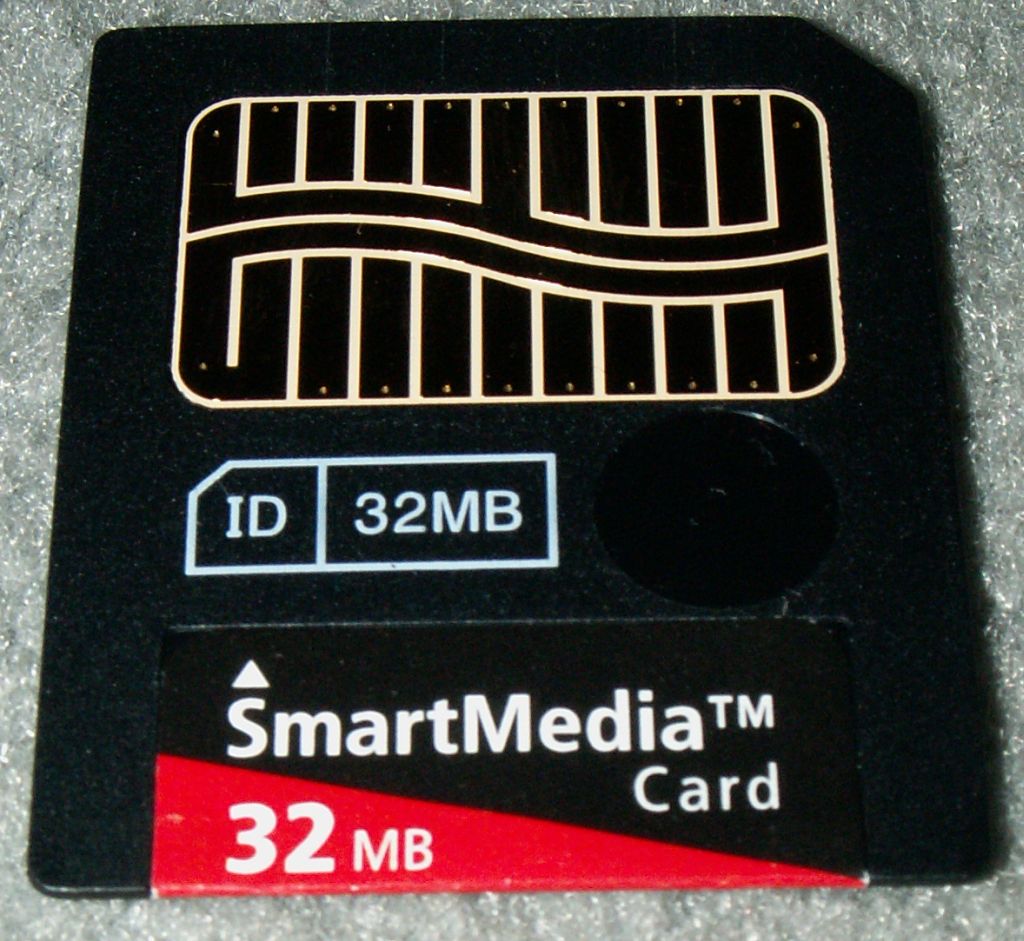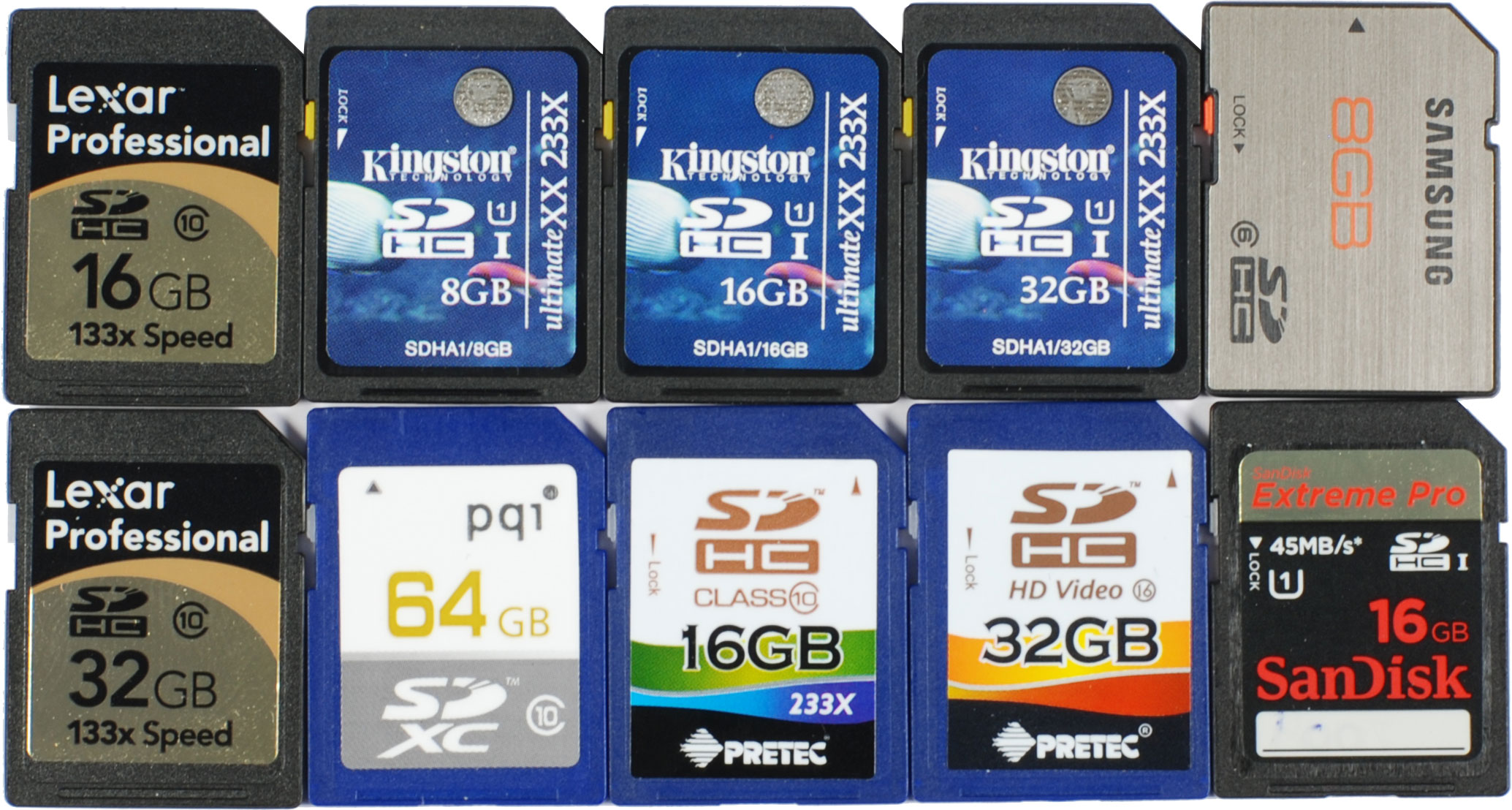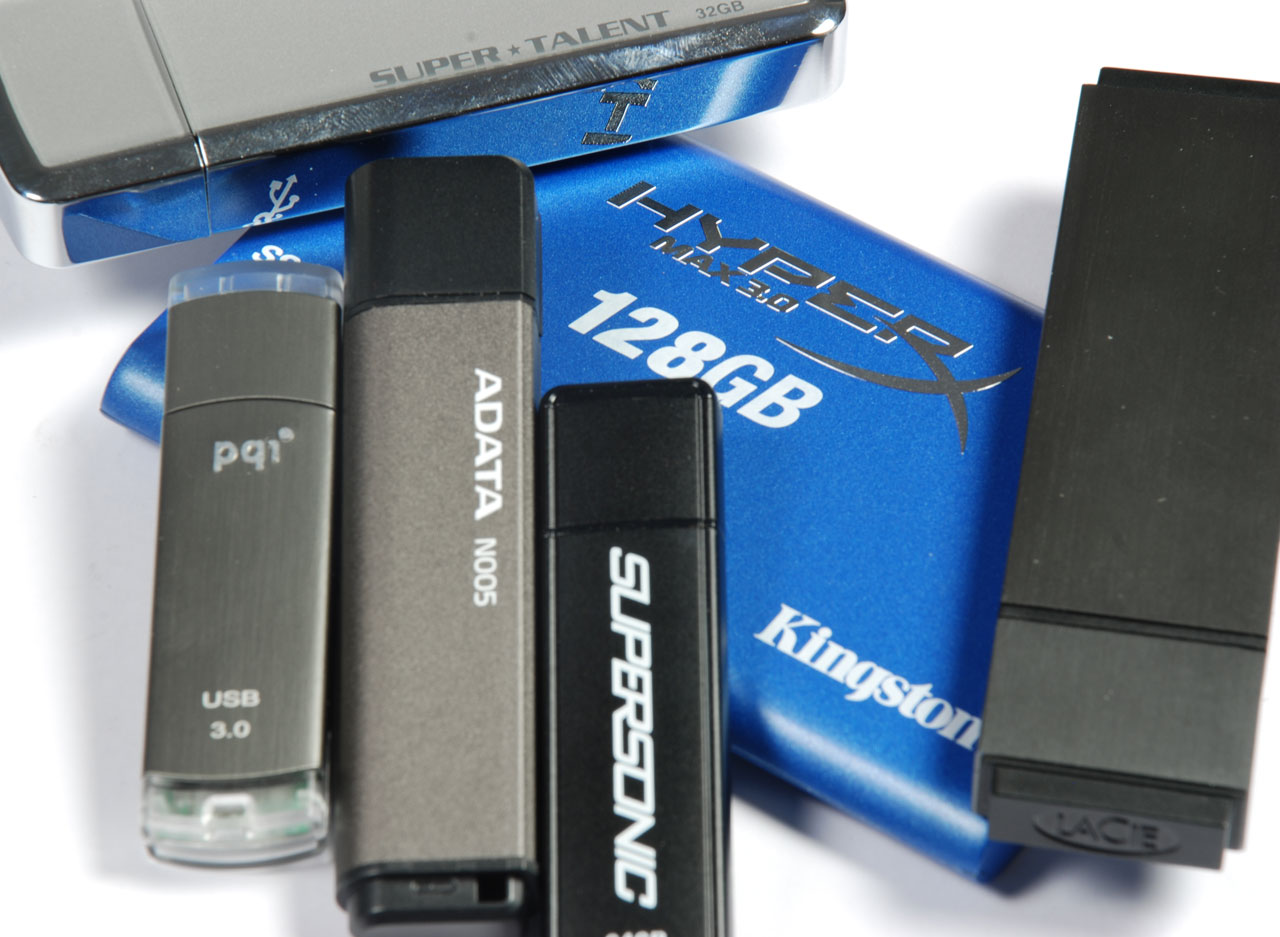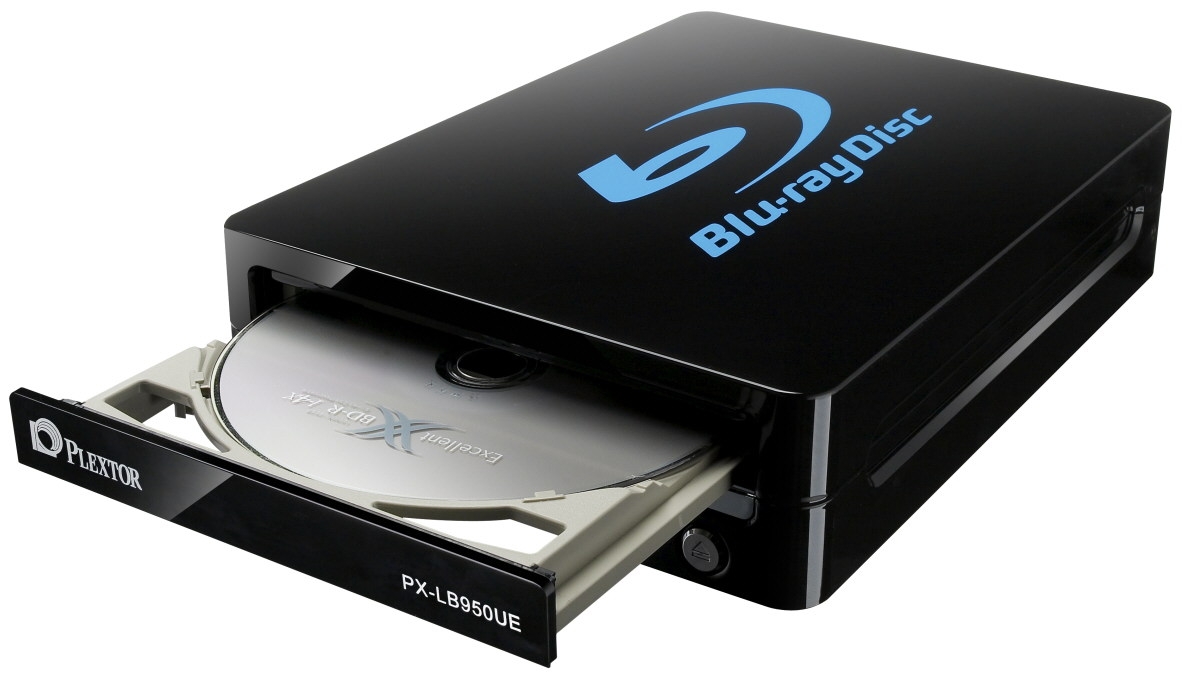In Pictures: External Data Storage Through The Ages
SmartMedia Card (1995-2004)
Years of Primary Use: 1995-2004
Storage Capacity: 2 MB-128 MB
SmartMedia cards were developed by Toshiba in 1995, which originally called them the Solid State Floppy Disk Cards (SSFDC). They used NAND memory to store up to 128 MB. Even though SmartMedia cards primarily became storage for digital cameras and are no longer used today, they still represent an important step in storage evolution, as they were the first major NAND-based devices.
Secure Digital Card (1999-Present)
Years of Primary Use: 1999-Present
Storage Capacity: 1 MB-128 GB
Introduced by the SD Card Association in 1999, Secure Digital (SD) memory cards were specifically designed to withstand being removed often from devices like digital cameras, video consoles, and mobile phones. They also became popular as a PC storage devices and continue to be used today. The original storage capacity of standard SD cards was only 1-4 MB. But cards are now available with up to 128 GB, and there is some speculation that they will soon become available in sizes of up to 1 TB (SDXC supports up to 2 TB).
USB Flash Drive (2001-Present)
Years of Primary Use: 2000-Present
Get Tom's Hardware's best news and in-depth reviews, straight to your inbox.
Storage Capacity: 8 MB-256 GB
Introduced by IBM and Trek Technology in 2000, the USB flash drive uses flash memory to store data. It quickly became an industry standard due to its small size and versatility. Originally able to hold 8 MB of data, current flash drives can store up to 256 GB.
Blu-ray Disc (2006-Present)
Years of Primary Use: 2006-Present
Storage Capacity: 25 GB-50 GB
Blu-ray discs were developed by the Blu-ray Disc Association and started emerging in 2006. Blue-violet lasers are used to read and write data. Currently storing 25 GB (single layer) or 50 GB (dual layer) of data, Blu-ray discs are increasing in popularity as a replacement for DVDs.
-
ltdan I still have my SuperDisk drive, I used it until a few years ago to read old floppies. 750MB was HUGE back then, now it's just a drop in the TerraBuckit.Reply -
pharoahhalfdead Wow, so many painful memories. I remember using multiple floppy disks consecutively just to install a single program.Reply
Often people use the phrase, "The good ol' days," but I don't think that applies here." Nevertheless, enjoyable article. -
GI_JONES I used to work for a place that had a digital camera that used 3.5in floppies for storage.Reply -
g-unit1111 I still have my Zip drive. It doesn't work but I have it and all my disks.Reply
I'm still amazed at the fact that the 32GB micro SD card that I purchased for my new phone is smaller than a dime. -
runswindows95 GI_JONESI used to work for a place that had a digital camera that used 3.5in floppies for storage.Reply
I remember those Sony Mavica cameras. They didn't take the best photos, but data transfer was easy.
Also, it's scary that the 3.5" floppy lasted the longest so far. I finally throw out all my floppy discs last year. When you got 1TB sitting on your desk, and 8GB on your keys, what good is 1.4MB now. I still use CD-RW's and DVD+RW's though. I've got a lot of projects I burn to them, so worse case scenario, I will only have to fix them to a certain point, and not redo them all. -
lemlo I can remember installing Os/2 warp (my fav os of all time) multiple times on 3.5s. It took foreeeever! We're talking stacks apon stacks of disks to get the entire os installed. Life was good :)Reply -
lemlo Used to use 5.25's too and a real good game could be on 3-5 of those disks too back in the 80's. Cga was heavy stuff i tell ya.Reply -
jaquith Hmm...what about Millenniata M-DISC? It's pretty cool :)Reply
1000 Year lifespan! M-DISC - http://millenniata.com/m-disc/ Example LG's WH12LS39 Blu-Ray - http://www.newegg.com/Product/Product.aspx?Item=N82E16827136241
I've used a lot of those over the years, it's kinda making me feel old. Yeah, I remember the 'stack' of floppies to install Office, PageMaker, etc. I too remember the 'fun days' of modems to download OS updates...geez. Think happy thoughts. -
agnickolov 5.25 inch floppies have lived much longer than 1982. I still had such a floppy in 1993 for example - in a newly built 486 computer, side by side with the 3.5 inch floppy.Reply
Also, 3.5 inch floppies reached 2.88 MB. That standard (introduced by IBM) didn't become popular, but it did exist for a while.
Finally, the most important form of external storage today is missing - external HDDs. These go up to 5TB at present IIRC.



